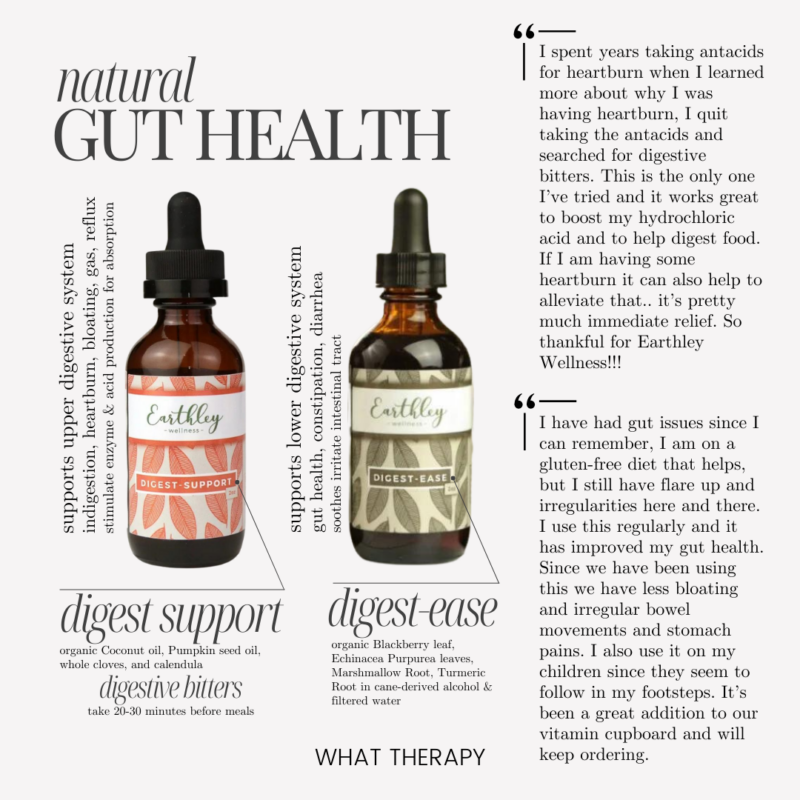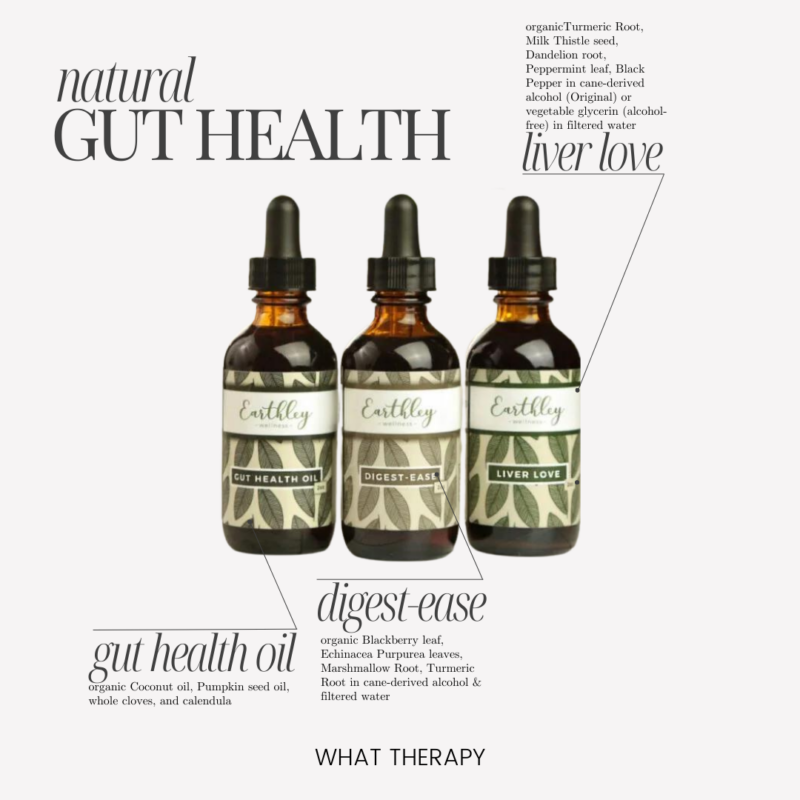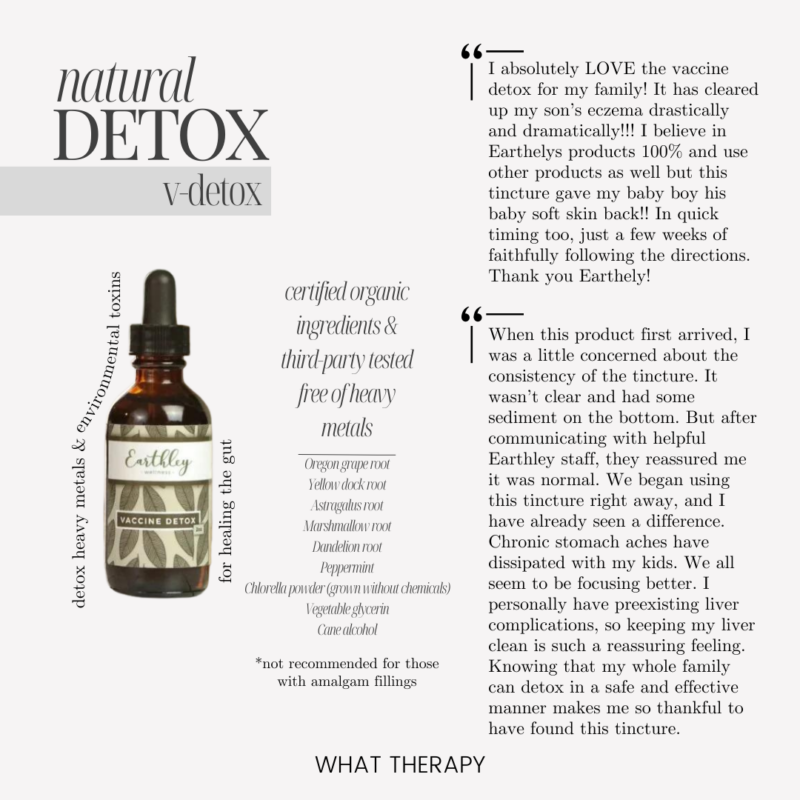Our breath, so simple yet so complex. It’s taken care of by our autonomous nervous system and we can consciously control it. Over the last decade plus, we have become increasingly aware of the negative impact of shallow breathing and its relationship with stress. We have so much more information now about its role on a chemical level, in relation to the holistic functions of our body. Using breathing techniques, we are able to build resilience and coherence, as well as improving health and addressing trauma.
Published in 2020, Breath is James Nestor’s personal experience, coupled with research, of looking at the breath and how he’s breathing himself. The book begins with a description of a patient arriving at a lab. It paints a picture of someone who frankly doesn’t sound very healthy, with a history that is almost painful to read. Painful because it’s so common and so common that we’ve just taken at face value that the fixes we put our kids and ourselves through are the only and best option. Yet we find out from his research, from the evolution of orthodontics, for example, that no, others in the past had better ideas and experiments to back them up. It’s somewhat like how the germ theory won out, though the terrain theory has been making a comeback.
That patient is James himself. He writes, “this atrophied, underdeveloped mouth, throat, and skull, unfortunately, belongs to me.”
The book begins with The Experiment. James has paid big bucks to work with nasal and sinus surgeon, Dr Jayakar Nayak of the Stanford Department of Otolaryngology Head and Neck Surgery Centre. An Otolaryngologist is more commonly known as an ENT (Ears, Nose, Throat) doctor. He is also the chief of rhinology research there. With a “special reverence for the nose”, Dr Nayak believes it is “greatly misunderstood and underappreciated.”
James has a v-shaped palate, a deviated septum, sinus deformities that Dr Nayak has called “super uncommon”, and an underdeveloped and small mouth. Like many he has had orthodontics and multiple extractions when young. He has also began to experience “more laboured and dysfunctional” breathing and obstructions in his airways from his 20s and 30s. The vertical growth pattern in his face reflects these imbalances.
To investigate the impact of mouth- and nose-breathing, James and friend and fellow researcher from Sweden, Anders Olsson, begin The Experiment, “with silicone plugs blocking my nostrils.” To make doubly sure, surgical tape goes over these plugs to prevent “even the faintest amount of air from entering or exiting my nose.” Sounds scary; however, many people are chronic mouth breathers and functionally, this is how many already breathe. James quotes that forty percent of people have chronic nasal obstructions stemming from commonly-known reasons such as allergies and pollution, as well as less well-known reasons such as “the ever-shrinking real estate in the front of the human skull.”
There is far too much research, information, and details to include in this article. It was an interesting trajectory as he weaves in stories, research, and conversations with experts. I highly recommend this book as James delves into many areas of the topic. It’s fascinating to read about the changes, reversals, and insights James and Anders experienced.
(Some of the experiments done in the past, and likely continue today, are uncomfortable to read about so be warned.)
Nose-Breathing from Research
Research is showing that nose-breathing has a negative impact. Many are familiar with the general health effects of snoring and sleep apnea. Some of the lesser known ones include “bed-wetting, attention deficit hyperactivity disorder, diabetes, high blood pressure, cancer, and so on.” James notes that ten days into The Experiment, his snoring is up 4,820 percent, averaging 25 “apnea events”. These are described as times when oxygen level drops to 90 percent or below due to such severe choking. 90 percent is the figure James shares as the level we need in order for the body’s tissues to be supported. Chronic insufficiency can lead to adverse health conditions.
Dr Marianne Evans is an orthodontist and dental researcher. She’s been studying ancient and modern skulls and it tells quite a story. Showing James skulls from a collection at the University of Pennsylvania Museum of Archaeology and Anthropology, she shares interesting observations. She offers that previously the openings connecting the sinuses to the throat were “so wide and pronounced.” From making and studying x-rays of 100 plus skulls, Dr Evans and her colleague Dr Kevin Boyd found that ancient skulls had large sinus cavities and forward-facing jaws and broad mouths, with straight teeth. They also had wide airways. This skull structure held until a few hundred years ago and the opposite pattern emerged. How and what we eat and how we spend the day changed dramatically. Also, our larger brain meant the head and face changed as well, including a very different nose. This is what James means by “ever-shrinking real estate” of the skull.
In her work, however, Dr Evans discovered that faces and airways can be remodelled. She showed James before and after photos of a young patient taken two years apart. In the first photo, 7-year old “Gigi” has dark undereye circles and chapped lips. “Her teeth jutted from the top of her gums, outward, inward, and in all directions.” Starting to develop allergies, she was already dealing with chronic respiratory conditions. “Gigi” represents what Dr Evans sees “all day”. In the second photo, she looks completely different – no dark circles, no sallowness in the skin, and no drooping lids. Gone also was her snoring, allergies, and respiratory struggles. Her teeth now straight, “her face was broad and glowing.” With nasal breathing, other patients experienced better health as well, with less depression, normalizing blood pressure, and no more headaches.
So that’s the good news.
Buteyko, my first foray
I remember sitting at a Buteyko workshop. After relocating to Hong Kong, I was prescribed an inhaler, for the first time in my life. I was struggling to breathe. Knowing my sensitivity and needing space for my dog, I chose Lantau Island. As some of you may know, Discovery Bay is a seaside community with mostly low-rise, low-density housing surrounded by greenery. Aside from delivery vans and buses, there are no cars. Only golf carts. Some say there is still a lot of pollution; however I experienced much less respiratory stress there. After coming across an advertisement for a Buteyko workshop, I confirmed that I could attend with a lingering cough. I was actually told it would be a perfect time.
So there I was, sitting in an office space with maybe twenty others, many of them asthmatic. It was quite a new experience to “try not to cough” and to learn why mouth breathing is unhealthy. We can actually over breath. We can take in “too much” oxygen, leading to its deficiency because of the function of carbon dioxide. Over those few nights, I did not master the technique. Actually I struggled tremendously with my cough. I did learn about mouth taping, which I tried. Recently, when I came down with the flu, I applied what I learned. When I did cough, I focused on breathing through my nose with long inhales and exhales to re-stabilize. I used gua sha, The Lymphatic Brush, and my fingers to ensure my sinuses were cleared and placed a small square of scotch tape over the centre of my mouth before sleep. (note: there are better options than scotch tape.)
We don’t breathe just to get oxygen: In fact, the human respiratory center isn’t very sensitive to oxygen levels at all, since it primarily responds to CO2 levels. The best breathers are those people whose breathing doesn’t react strongly to minor increases in CO2 because they breathe little and have a high level of natural CO2 in the body. The air we breathe is so rich in oxygen that even people who breathe extremely little while at rest still get plenty and are in fact often in excellent shape. When we breathe too much and exhale too much CO2 while being inactive, the CO2 content of the blood drops dangerously low and strongly affects our health and performance.
Advanced Buteyko Institute
Take aways from James Nestor’s Breath
Here are some key points to consider:
- Self-examination. How many of these factors apply to you? Is your uvula visible? This is the soft tissue at the back of your throat. The deeper and less visible, the higher likelihood of blockage. The Friedman tongue position scale can be useful in assessing breathing ability. Is your tongue “too large”? Do you see teeth indentations on the sides of your tongue? Do you have a thick neck that may be affecting your airways?
- James’ research showed that in the mid-1800s, orthodontic devices were designed to widen the mouths in children born with cleft palates and narrow V-shaped arches. Over time, expansive orthodontics became retractive orthodontics. Dr John Mew, a facial surgeon, dentist, and the inventor of the Biobloc, along with other dentists, found that the effect of extractions plus retractive orthodontics was too-small mouths getting smaller and increased breathing problems. He saw “stunted mouth and facial growth.”
- “Emphysema..was a disease of exhalation.” The problem was incomplete breathing and stale air was not getting exhaled. Dr Stough taught patients how to wake up the diaphragm for proper breathing. In this way, patients could access more of their lungs in just a few weeks.
- 5.5 breaths per minute. James wrote that “the most efficient breathing rhythm” was 5.5-second inhales and 5.5-second exhales, working out to be 5.5 breaths per minute. He compared this to mantras and prayers across cultures and practices, which take about 6 seconds. Om Mani Padme Hum, the sa ta na ma chant, the rosary. He looked at Taoist, Muslim, Hindu, Christian, Buddhist, Hawaiian, African, Japanese, and Native American practices. This is similar to what the Institute of HeartMath teaches – 5 to 6 seconds per inhale/exhale. This is what I teach my clients, through HeartMath techniques and general exploration of breathing patterns to experience different states of being, including greater coherence.
- “Mewing” Check out Dr Mike Mew’s guide to mewing, for more expand mouths, more definition in the jaws, easier breathing, and fewer sleep apnea symptoms.
- Improve your posture. The “oral posture” Dr Mike Mew shares with James is the spine forming a J shape, with a slight curve at the small of the back. This is in contrast to the common S-shaped, with shoulders hunched forward, a kinked neck that is craned outward, and head tilted up. An adaptation of modern lifestyle with devices and to get more air.



As noted above scotch tape is not the best option. Mouth-taping, while not new, may not even be the correct way to go for you, especially if there is related-trauma. Or if you have adenoid enlargement, a deviated septum, sinus conditions, and small airways. If you are breathing through your mouth during the day, it’s important to address why first. Perhaps it’s allergies and below are some suggestions. Excessive weight can also put a strain on airways. In any case, it’s better to start with short periods during the day. You can use hypoallergenic gentle medical tape or these brands many suggest – Somnifix and Myotape. I haven’t tried either of these and I’m not responding to either. I enjoy having a small square and so my own search continues for a non-toxic, low-adhesive, gentle tape.
Allergies can stem from poor gut health – here are some approaches – Gut Health Oil, V-Detox (for heavy metals) or Blood Cleanse, Liver Love, Black Seed Liver Oil, Digest Support, and Digest Ease. For additional support, consider Sinus Saver and Allergies Mandala. Raw honey and Vitamin C can also help reduce seasonal allergy symptoms. Regular use of a neti pot can also help clear out the sinuses. As a Jin Shin Jyutsu practitioner, I also have some go-to flows, including ones that clean the blood and support blood filter organs. A self-help you can try is placing your right hand on the outside of your left mid upper arm and your left hand on the inside of your right mid thigh. Reducing stress and inflammation in the body is also helpful.
Chronic shallow breathing is often a sign of chronic stress, which is left unaddressed far too often. The body is sophisticated and intelligent and we really only have touched upon our understanding of it. The ways it finds balance can come across as symptoms of pathology, especially when we look at it singularly and outside the context of the whole being. Information is mental and given the weight and authority we’ve given experts (question – which experts?) means we are further disconnecting from our own innate intelligence. As as result, homogenized advice spreads quickly. I encourage you to explore James Nestor’s book Breath, as well as the research, and observe how it sits with you, how it sits with you over time. What underlying misalignment and imbalance are actually present?

